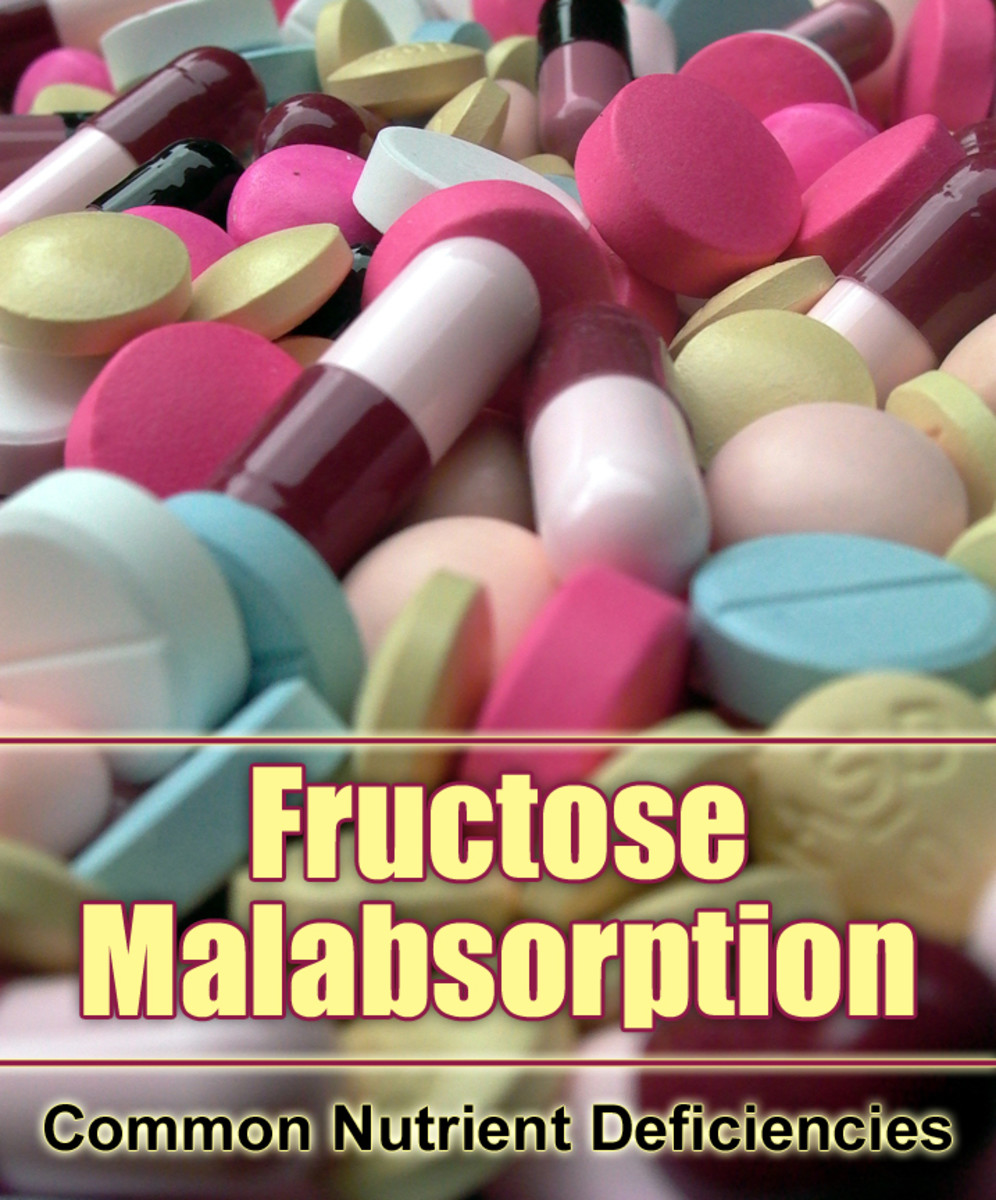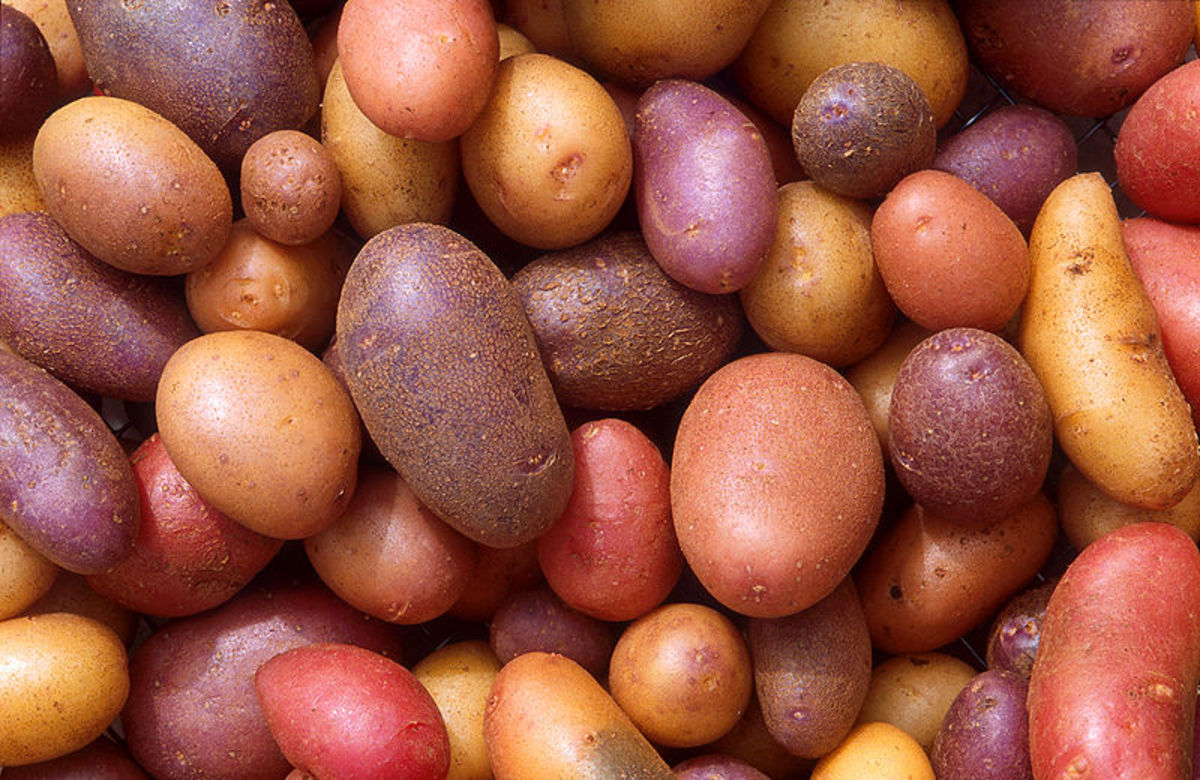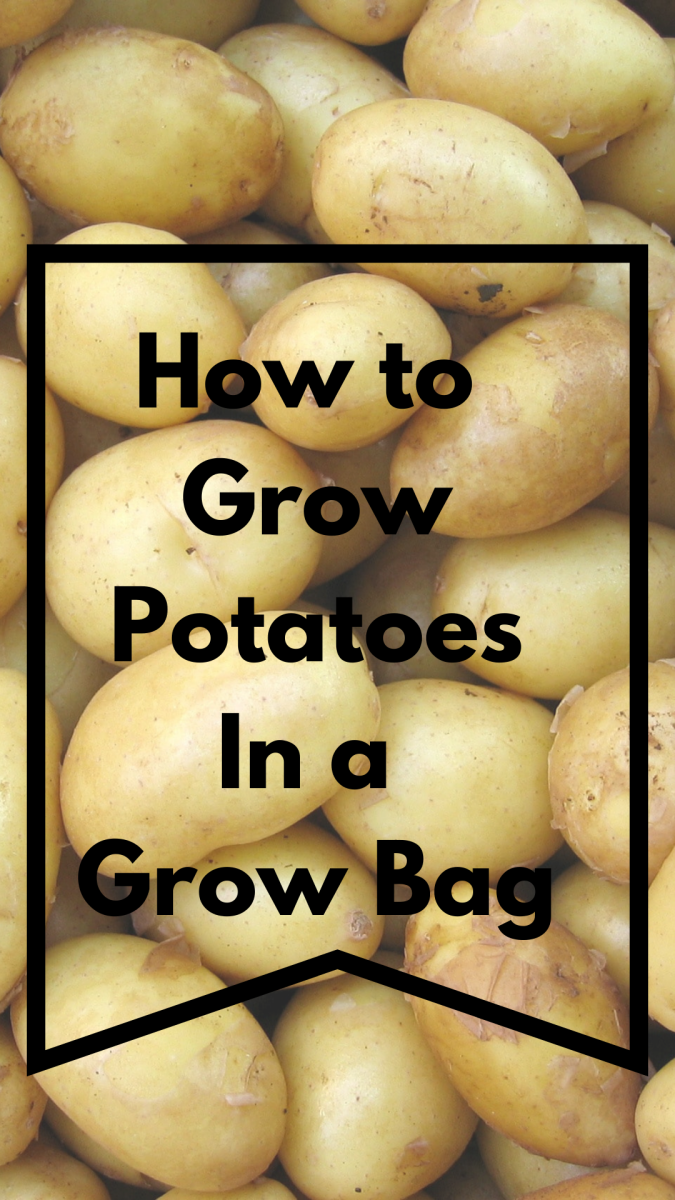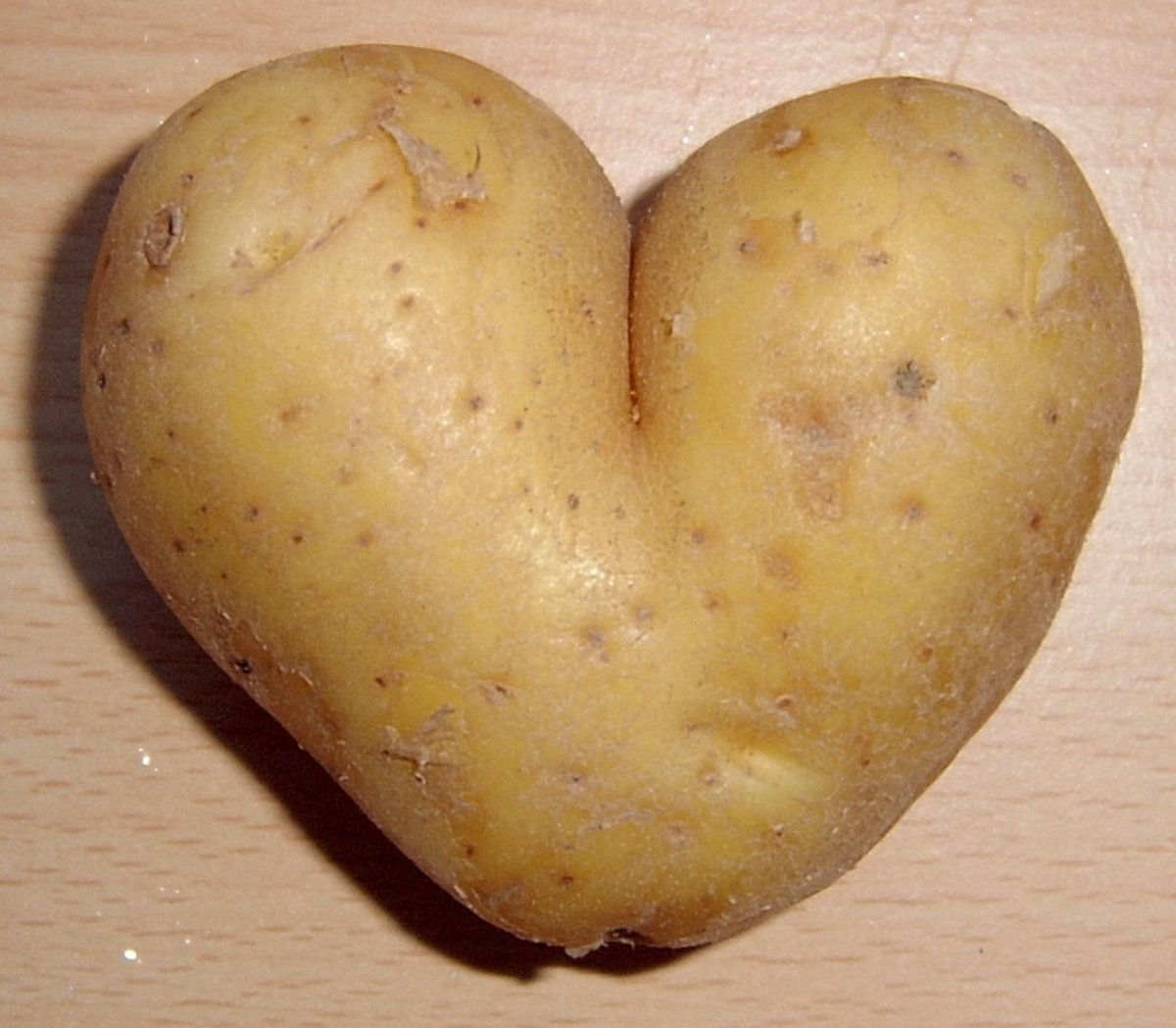How to Identify and Treat Common Nutrient Deficiencies
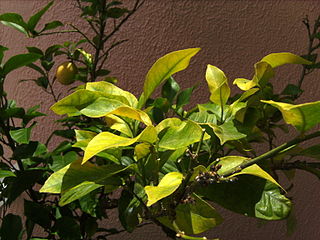
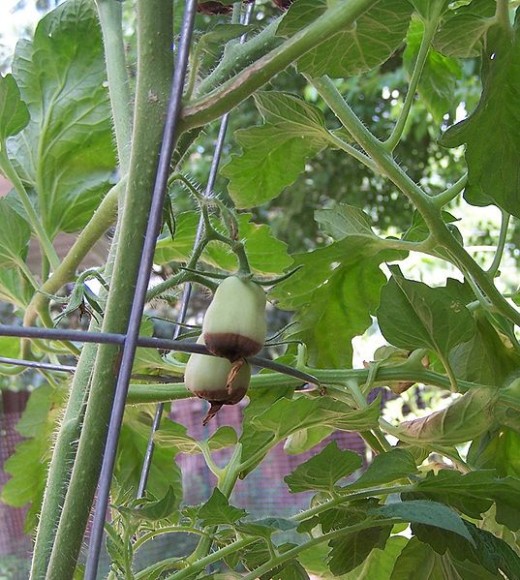
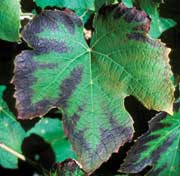
In any garden, whether it be for vegetables or flowers, you need good soil that is nutrient rich to thrive. This means that there are adequate levels of nutrients in the soil, such as nitrogen, potassium, and phosphorus, to sustain plant growth. Does your soil have what it takes?
- Nitrogen - You may have noticed in the past that your yard has spots that are darker green than others, ever notice this? The green hue in a plant is directly affected by the amount of nitrogen in the soil. Dark green plants indicate high nitrogen levels, which is good. Subsequently, light green or yellow-green plants point to a lack of nitrogen. Usually plants that are light in color, spindly or thin stemmed, are growing in soil deficient in nitrogen. Blood meal is a good organic fertilizer to increase nitrogen levels
- Potassium - Do your plants have brown tips and perhaps yellowish leaves? This is because of a potassium deficiency in your garden. Some plants, like tomatoes, potatoes, and raspberries are particularly susceptible to potassium deficiency. Potassium deficiency is most common in sandy soil. Sand allows for leaching of potassium ions because it allows for easy drainage and potassium is easily water soluble
- Phosphorous - Phosphorous deficiency is commonly confused with nitrogen deficiency. Remember, nitrogen affects color in different shades of green. Phosphorous may cause a purplish tinge in the veins, stems, and underside of leaves. Also, stiff stems and stunted growth are also indicative of phosphorous deficiency. If your fruit seems overly acidic in taste, you may be experiencing problems with phosphorous levels. Bone meal is a good organic fertilizer to bring up phosphorous levels.
- Iron - Iron is important because it is used to create chlorophyll. Iron deficiencies may not always be because it is not present in your soil. If your soil's pH isn't between 5-6.5, iron may not be made available to the roots. Also, over fertilizing and waterlogged soil can prevent iron uptake in your garden.
- Calcium - Over fertilizing with potassium and nitrogen rich fertilizers and constantly dry soil are common causes of calcium deficiency. Acidic, sandy, or course soils are most susceptible to this deficiency. A common symptom of this are blossom end rot in tomatoes. To increase calcium, crush egg shells and mix into the soil.
- Magnesium - Magnesium deficiencies are almost identical to iron. Because it is essential in the creation of chlorophyll, it causes the same yellowing of leaves while leaving the veins green. It is important to note that it becomes evident in older leaves, towards the base of the plant first. It is common in light soils where it can be leached away easily. Dolomitic limestone or crushed epsom salts dissolved in solution can be used to rectify magnesium deficiency.
- Manganese - Similar to magnesium and iron deficiencies, it causes a yellowing of the leaves while the veins are green. However, manganese deficiency will lead to brown spots forming on leaves, which my eventually turn brown and whither. Leading causes of manganese deficiency are soil with a high pH and poorly drained soil. High pH can be fixed with lime, however, over liming can cause soil pH to become too low and make other nutrients unavailable.
For deficiencies in macronutrients, like potassium, nitrogen, and phosphorous, verifying that your soil pH is within range is the first step, home soil test kits are available everywhere. Soil test kits can also be used to test levels of soil nutrients. Fertilizers with varying levels of nutrients should be used to remedy deficiencies not stemming from pH levels keeping them from being available to plants. Fertilizers will be labels with their contents and will also have a N-P-K rating. This gives you the amounts of nitrogen-phosphorous, and potassium, expressed like this: 10-10-10. Every soil type has it's advantages and disadvantages, good gardeners can get good yields and quality produce from whatever they grow in. Now that you know about nutrient deficiencies, you can more easily make your garden more efficient, not to mention visually pleasing. Happy gardening!
Helpful Gardening Links
- Fertilizers and Composting for Building up Your Garden
Knowing how to amend your soil and what causes problems will make you a better, more effective gardener. - Companion Plants; Harness the Power
Some plants grow better together than others. Some can actually hinder others. Knowing what's what can optimize your garden's production. - Soil Preparation Made Easy
Soil preparation is the basis for every successful garden. Doing it right will make your life easier, and your garden more beneficial. - 8 ways to Garden by Recycling
Recycling can be used to add nutrients to your garden. This Hub has information on how to do just that. - Twenty Tips and Tricks to a Great Garden
There are so many tricks to gardening. Some help with fertilizing, some help with pests, and some help you re-purpose what you've got around the house.

